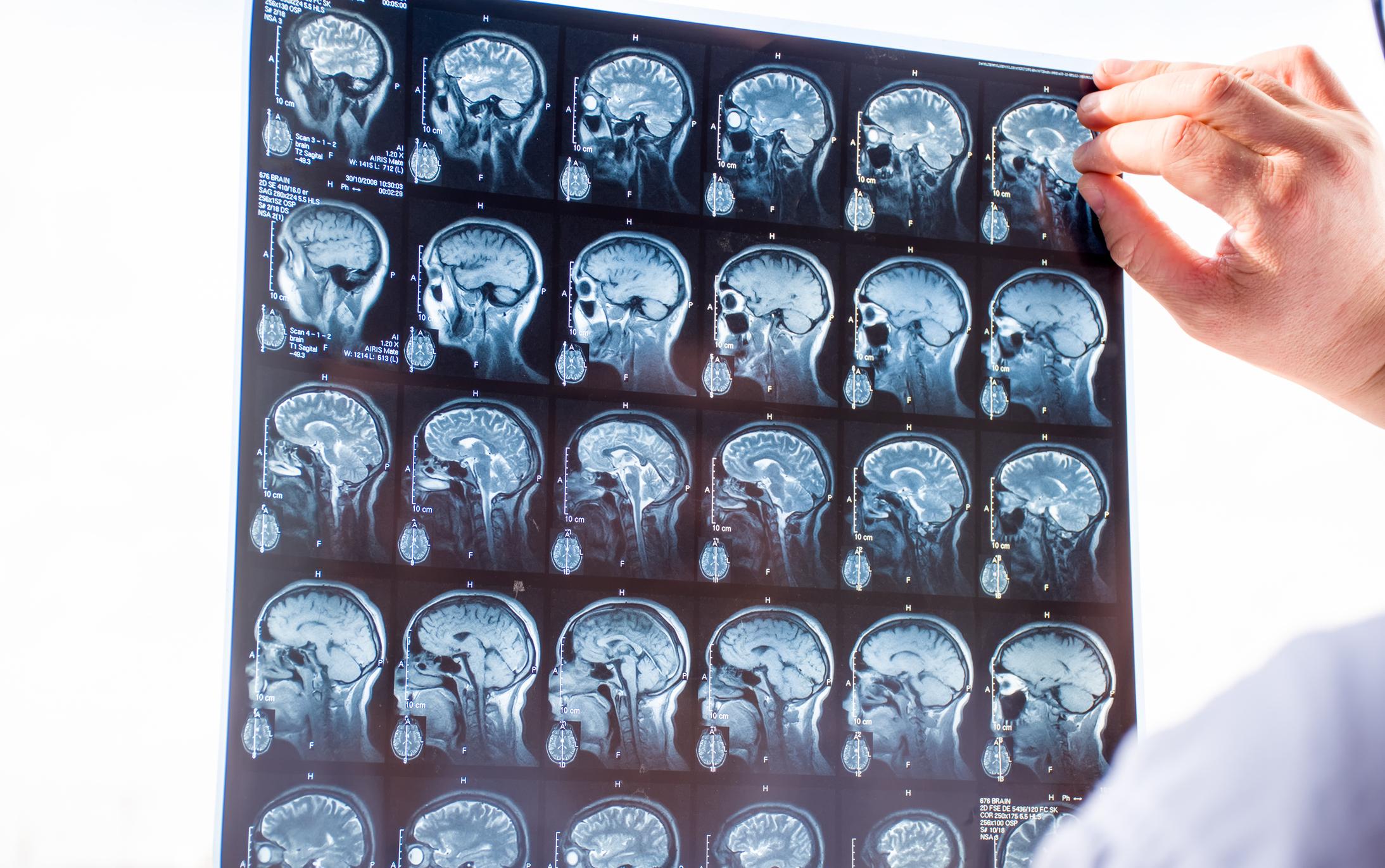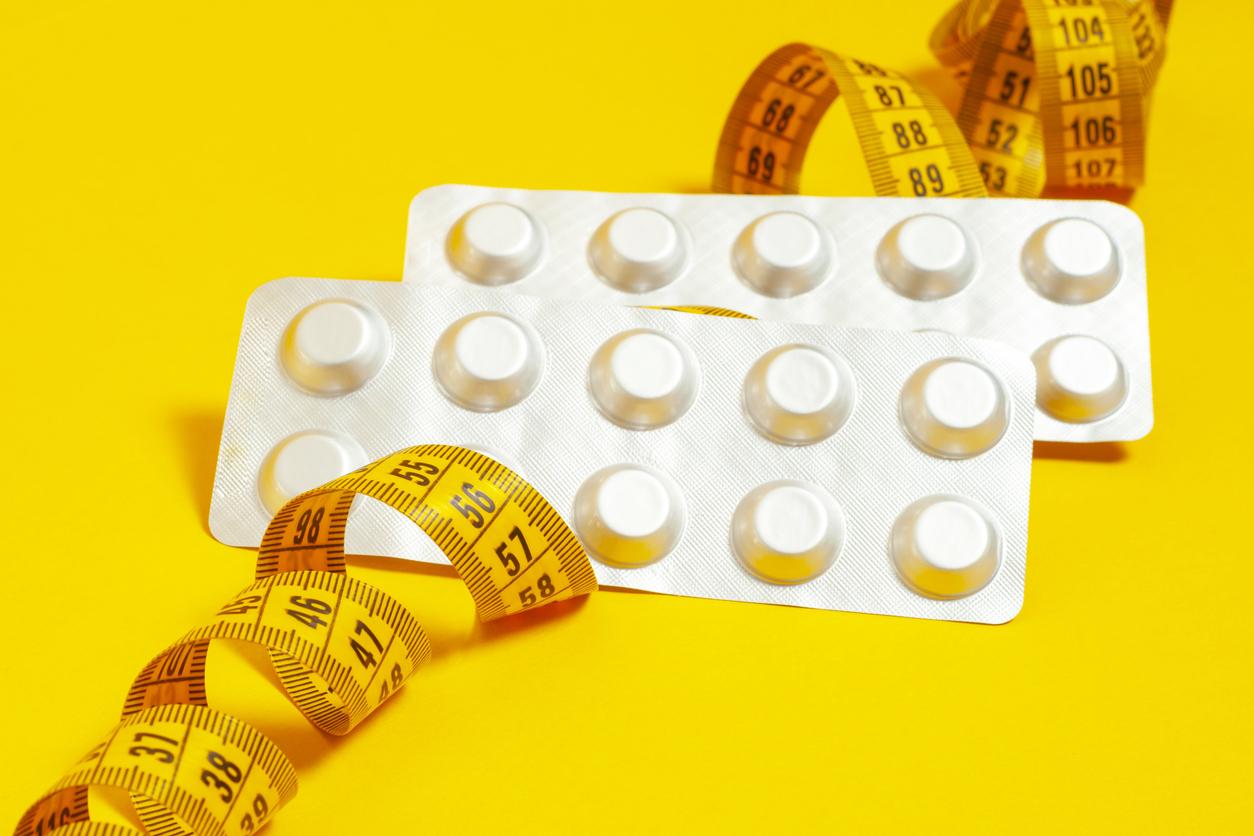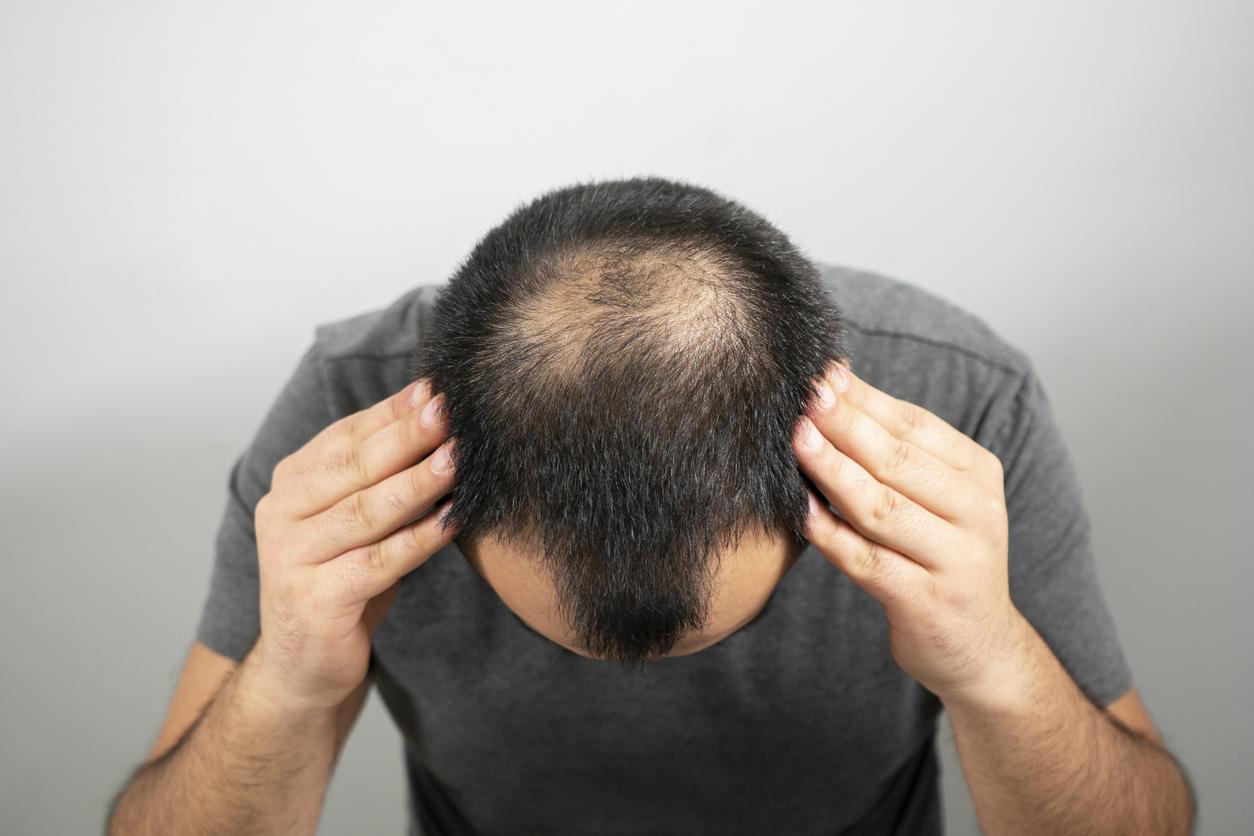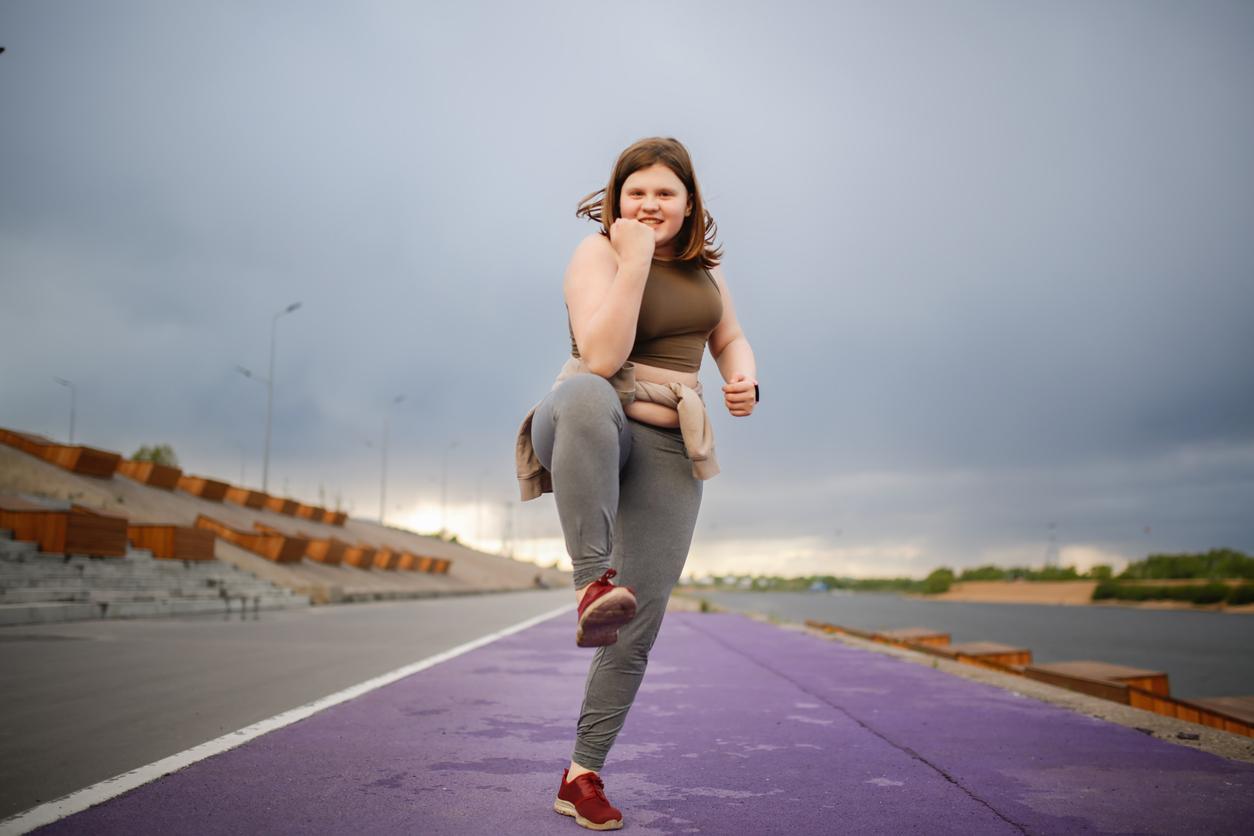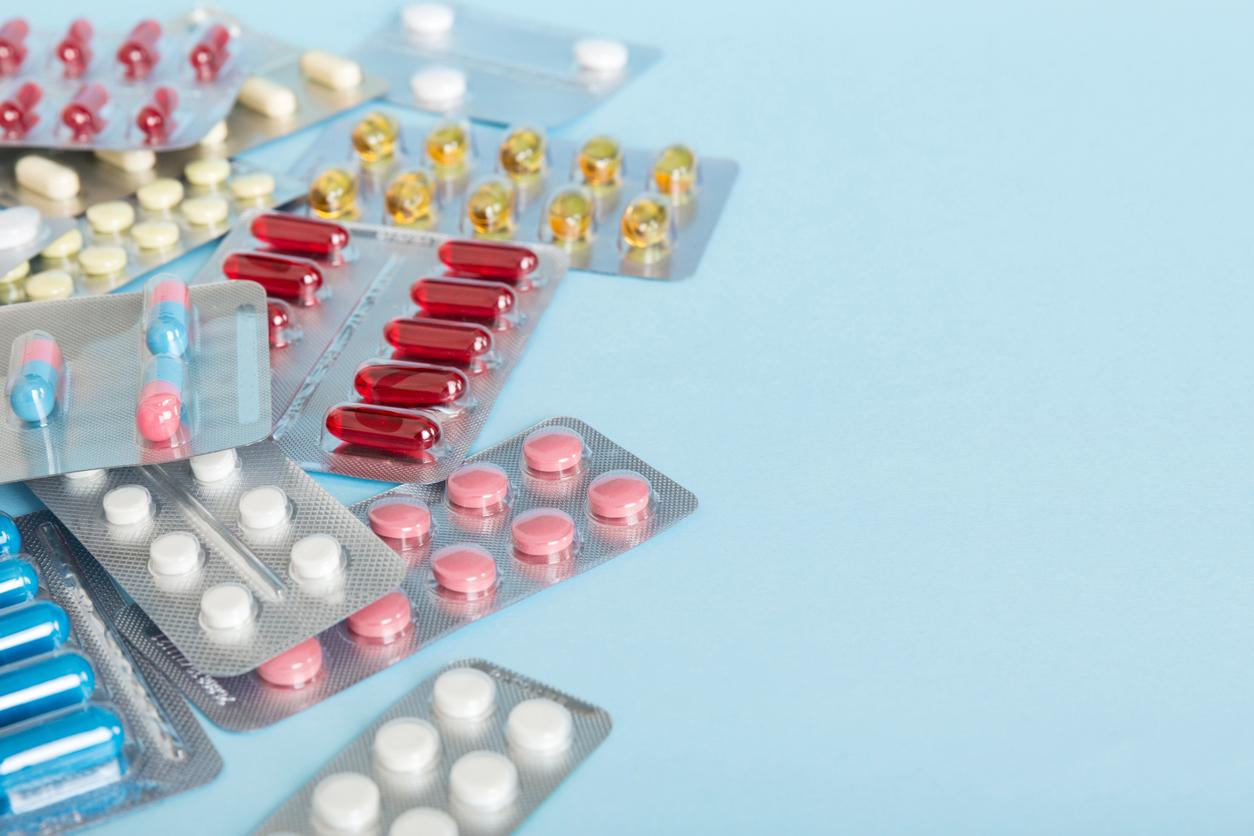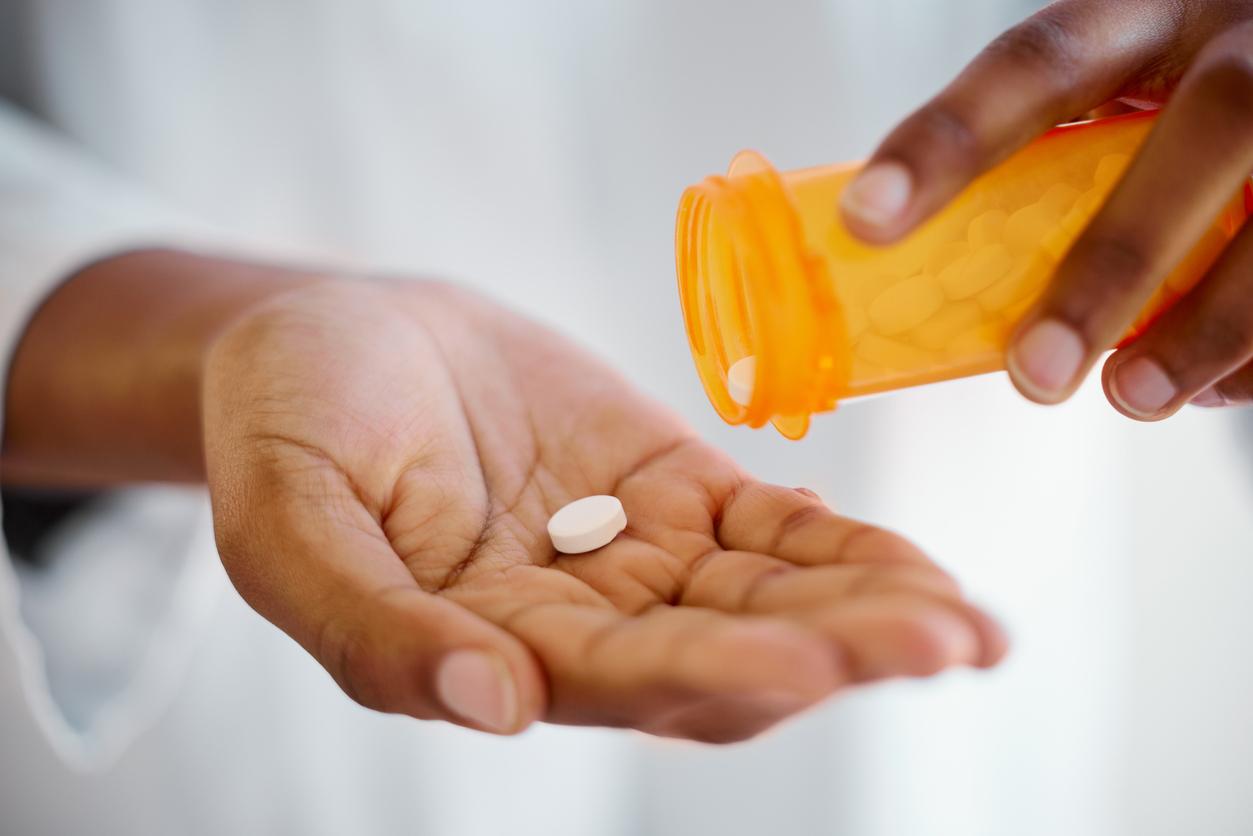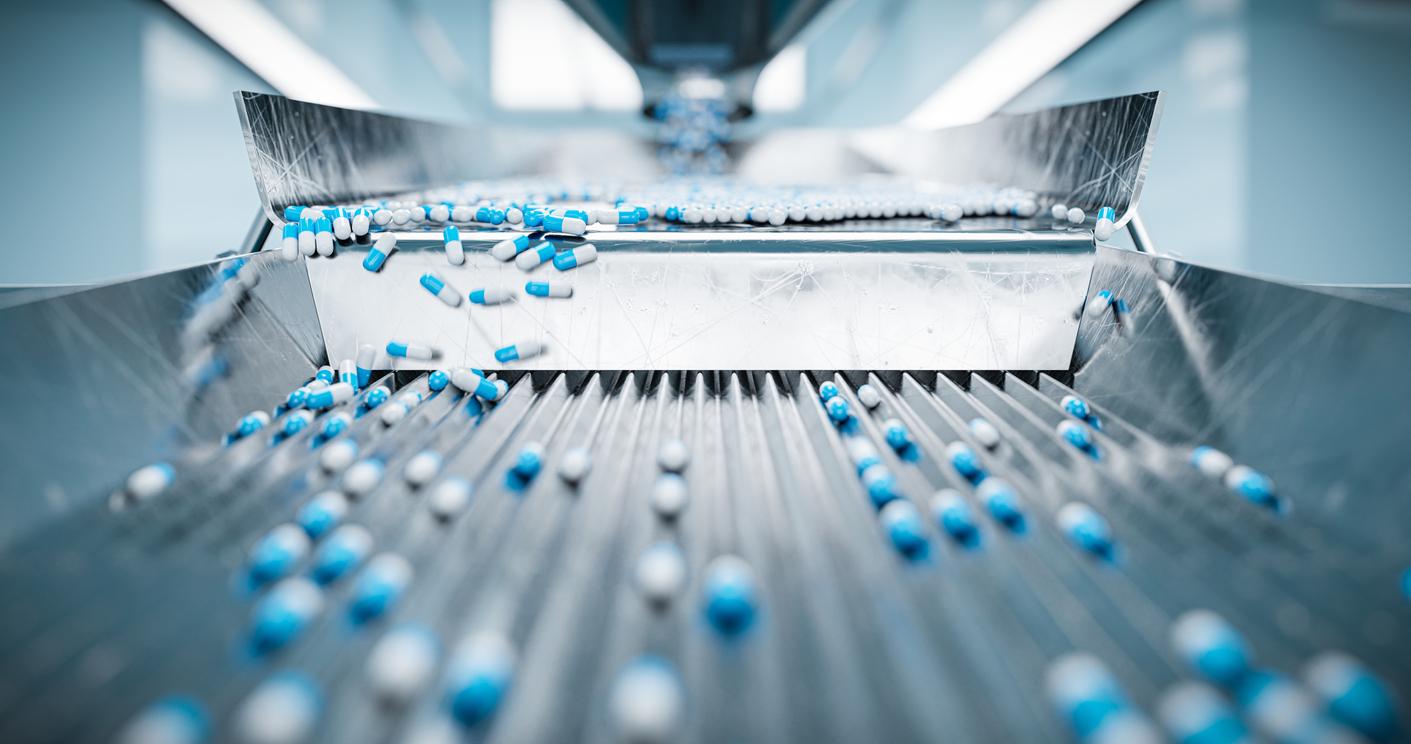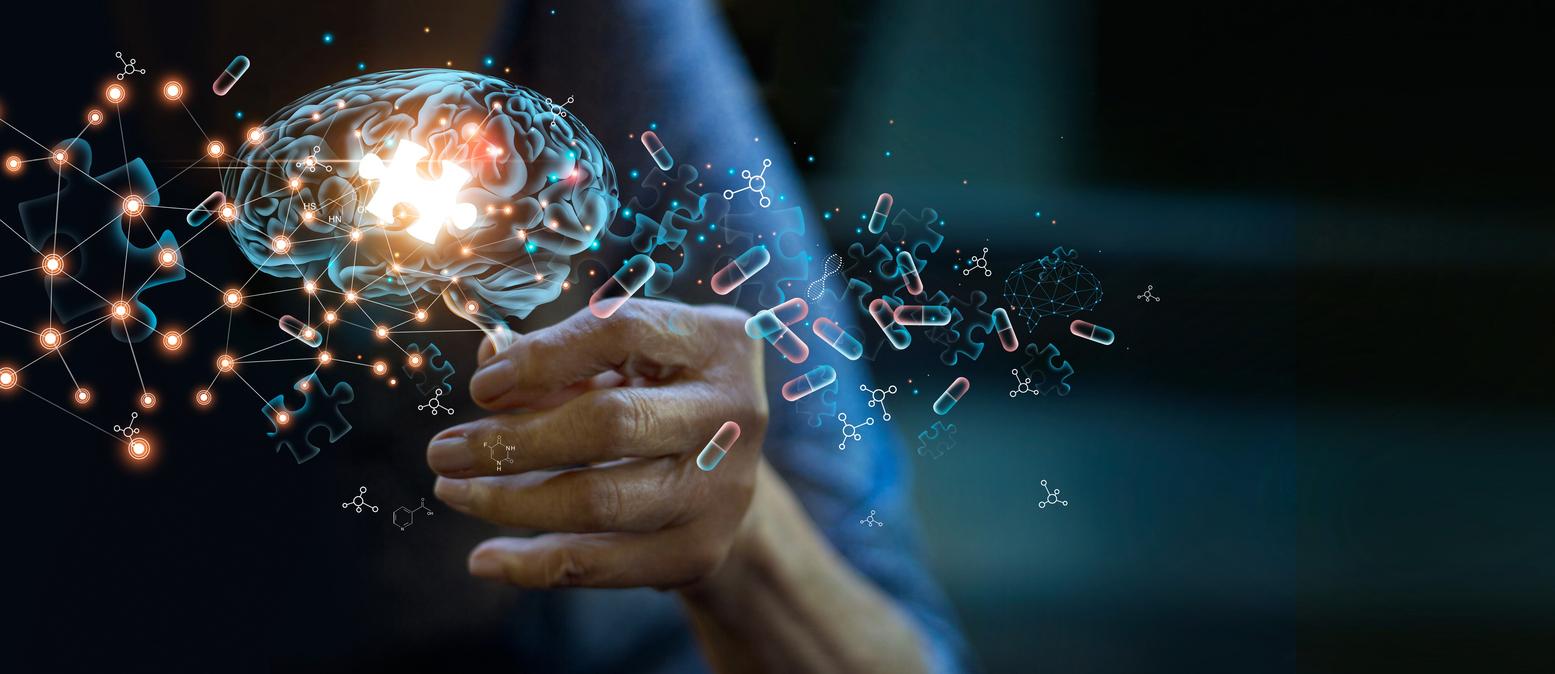In three days, April 22, Thomas Pesquet will take command of the International Space Station (ISS), in which he has already spent 196 days, in 2017. At the time the astronaut had already served as a volunteer guinea pig for very many medical experiments.
Many new experiences are already on its 2021 agenda, particularly around the aging of stem cells.
Because the ISS has an innate gift: its absence of gravity, or rather, its extremely reduced gravity, we speak of “microgravity”. This is what makes it an incredible research laboratory, to better understand very “earthly” pathologies, from osteoporosis to circadian rhythm disorders, including arterial aging.
Finding treatments for osteoporosis
At Inserm, Laurence Vico and her team have one obsession: skeletal modifications in space. We have known for a long time, in zero gravity, the bones weaken. “Space was, a few years ago, a driving force in the manufacture of a high-resolution scanner, called XtremeCT, which is now used in osteoporosis research laboratories,” says the research director.
“This machine offers a 3D view of the bone architecture. We used it to follow cosmonauts for a year after their return to Earth. The results show that the supporting bones of the legs (shins) do not recover the quality they ‘they had before the flight. They also reveal, more astonishingly, that the non-loadbearing bones of the arms (radius), preserved at the time of the landing, deteriorate thereafter. ” What if the solution was on the side of the cells buried in the bone matrix, the osteocytes? “They are the conductors of bone construction” insists Laurence Vico. In weightlessness, they die prematurely.
What will it be used for?
By helping to better understand the functioning of osteocytes, the space allows us to think about ways to counter this premature aging. To ultimately find treatments for people with osteoporosis.
Studying disorders of the internal clock
The occupants of the ISS see the sun rise and set sixteen times each day. Enough to disrupt their internal clock, usually regulated by natural light. Meteorologist Edward Lorenz once said “the flapping of a butterfly’s wings in Brazil can cause a tornado in Texas.” The image is perfect for talking about an internal clock that goes haywire, and its unexpected impacts, on the wake / sleep cycle of course, but also blood pressure, the immune system, mood …
During his first mission, Thomas Pesquet wore a patch made by the French start-up BodyCap on his arm. No bigger than a patch, “this device, e-Tact, recorded body temperature, the alternation of the wake / sleep cycle and all of the astronaut’s movements”, explains Pierre Denise, hospital practitioner in physiologist. medical. Why is body temperature ? “Because it is a good reflection of the activity of the internal clock.”
Who will it be used for?
The use of the data collected could lead to very concrete applications for people suffering from the same disorders of the internal clock, pilots, flight attendants, or employees in three-shifts.
Understanding the mechanism of arterial aging
No a priori common point between astronauts and patients bedridden for a long time for health problems? In fact, yes! Their arteries undergo accelerated aging: ten years in six months for astronauts! “In space, a human being ages much faster than on Earth. These trips are an opportunity to test countermeasures to oppose these effects, explains Pierre Denise. This also encourages us to find solutions for future manned flights to Mars, which are expected to last not six months, but years. This is vital for astronauts to be able to return to Earth in good condition. “
What will it be used for?
Better understanding the mechanism of arterial aging makes it possible to find solutions to certain pathologies. Patients who have been bedridden for a long time for health problems also see their arteries age at a rapid pace. Researchers are currently testing dietary or physical activity countermeasures to alleviate these effects in these patients.
Remote test ultrasound
Unusual but very useful, during his trip among the stars, Thomas Pesquet also tested the remote ultrasound, controllable from Earth. Name of this experiment: ECHO. A doctor based in Tours thus scanned the portal vein, thyroid or even the carotid artery of Thomas Pesquet. What to be much more precise than when it is the astronaut himself who manipulates the probe, which was the case until now. “This telemedicine work can be applied on Earth, to alleviate the shortage of doctors in very isolated places”, rejoices Pierre Denise.
Our experts:
- Laurence Vico, Research Director at Inserm
- Pierre Denise, university professor, hospital practitioner in medical physiology, president of the University of Caen-Normandie.
Read also :
- What if it was possible to suspend our aging?
- Sleep in space: astronauts will soon have pods to hibernateUnusual: in space;
- Unusual: in space, the brains of astronauts change










